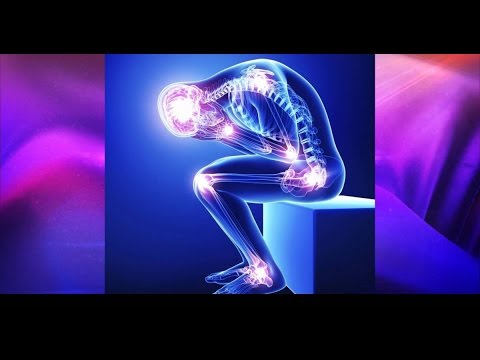Osteoporosis causes bones to become less dense and more fragile. Some people are more at risk than others.
Bones are at their thickest and strongest in your early adult life and their density increases until your late 20s. You gradually start losing bone density from around the age of 35.
This happens to everyone, but some people develop osteoporosis and lose bone density much faster than normal. This means they’re at greater risk of a fracture.
Risk groups
Osteoporosis can affect men and women. It’s more common in older people, but it can also affect younger people.
Women
Women are more at risk of developing osteoporosis than men because the hormone changes that occur in the menopause directly affect bone density.
The female hormone oestrogen is essential for healthy bones. After the menopause (when monthly periods stop), oestrogen levels fall. This can lead to a rapid decrease in bone density.
Women are at even greater risk of developing osteoporosis if they have:
an early menopause (before the age of 45)
a hysterectomy (removal of the womb) before the age of 45, particularly when the ovaries are also removed
absent periods for more than six months as a result of overexercising or too much dieting
Men
In most cases, the cause of osteoporosis in men is unknown. However, there’s a link to the male hormone testosterone, which helps keep the bones healthy.
Men continue producing testosterone into old age, but the risk of osteoporosis is increased in men with low levels of testosterone.
In around half of men, the exact cause of low testosterone levels is unknown, but known causes include:
the use of certain medications, such as oral corticosteroids
hypogonadism (a condition that causes abnormally low testosterone levels)
Risk factors
Many hormones in the body can affect the process of bone turnover. If you have a condition of the hormone-producing glands, you may have a higher risk of developing osteoporosis.
Hormone-related conditions that can trigger osteoporosis include:
hyperthyroidism (overactive thyroid gland)
disorders of the adrenal glands, such as Cushing’s syndrome
reduced amounts of sex hormones (oestrogen and testosterone)
disorders of the pituitary gland
hyperparathyroidism (overactivity of the parathyroid glands)
Other risk factors
Other factors thought to increase the risk of osteoporosis and broken bones include:
a family history of osteoporosis
a parental history of hip fracture
a body mass index (BMI) of 19 or less
long-term use of high-dose oral corticosteroids (widely used for conditions such as arthritis and asthma), which can affect bone strength
having an eating disorder, such as anorexia or bulimia
heavy drinking and smoking
malabsorption problems, as experienced in coeliac disease and Crohn’s disease
some medications used to treat breast cancer and prostate cancer which affect hormone levels
long periods of inactivity, such as long-term bed rest
